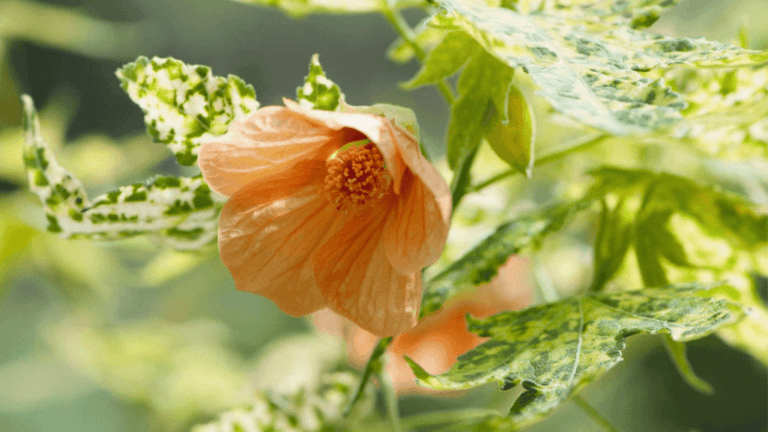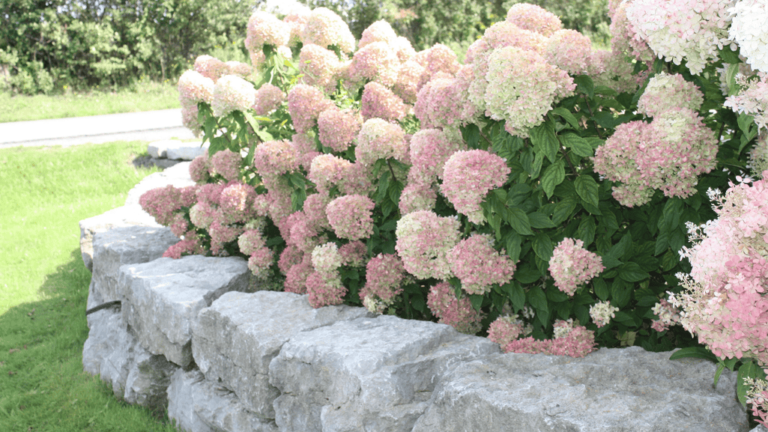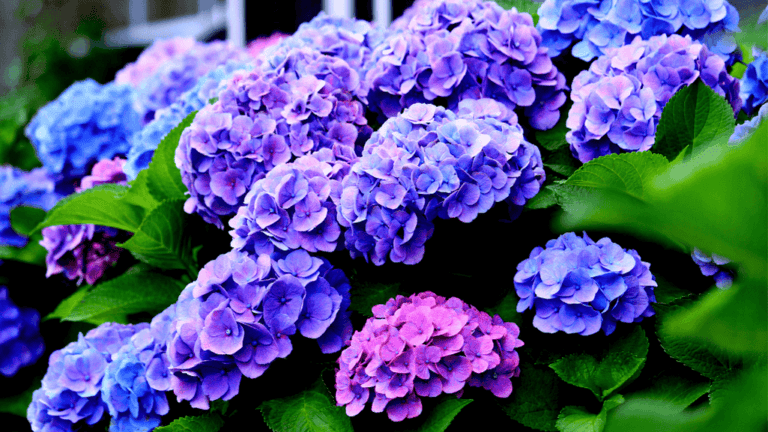Beautiful flowers gardenia Plants For Your homes

In the cold of winter, the hellebore shines bright, lighting up shade gardens with its beautiful winter-blooming perennial flowers. These plants are loved for their cold-season interest. They mix toughness with beauty, and their winter flowers stand out in the snow. Gardeners love how these plants brighten up paths and corners, thriving in hardiness Zones 4-9 and beyond.
As the Christmas rose starts blooming in late November, the Lenten rose follows soon after, right when spring begins. Hellebores add color to the garden with their flowers in shades of ivory, rose, and pink.
Key Takeaways
- Helleborus niger, the Christmas Rose, ushers in the season with its early blooms.
- Lenten Rose, Helleborus x hybrids, impresses from February with a spectrum of color.
- Optimal growth in alkaline to neutral soil influences bloom vitality and longevity.
- Strategic placement in the Pacific Northwest ensures flourishing under part shade.
- Regular soil amendments and prudent pruning promote hale and hearty hellebores.
- From pristine whites to sumptuous darks, hellebore flowers offer diverse visual splendor.
Discover the Winter Garden Wonders: Hellebore
When winter comes, the garden may seem quiet. But hellebores stand out as tough evergreen perennials. They love the shade and bring life to the winter garden with their blooms.
Hellebore care is easy, making them popular with gardeners of all levels. They bloom from late winter to early spring, adding color when most plants sleep. This long bloom time helps the garden look great and supports local wildlife in the cold months.
Hellebores come in many colors and shapes. They have everything from pure whites and bright yellows to deep purples and almost black leaves. They also don’t get eaten by deer and can survive with little water once they’re grown, making gardening easier.
| Feature | Benefit |
|---|---|
| Drought Tolerant | Reduces need for frequent watering |
| Deer Resistant | Prevents wildlife from devouring plants |
| Evergreen Perennial | Provides year-round greenery and structure |
| Variety of Colors | Enhances garden aesthetics with multiple hues |
Choosing hellebores means having a garden that’s lively all year. These flowers show how tough and beautiful a winter garden can be. They also show the care and planning needed for such beauty.
The Hellebore Plant: An Overview of Varieties and Bloom Times
Hellebores, also known as helleborus taxonomy, are a winter wonder in the garden. They bloom when most plants are still asleep. Knowing the different types of hellebores is key for gardeners who want to enjoy these winter flowers.
Understanding Helleborus Taxonomy and Types
There are about 20 species of hellebores, native to Europe and Asia. These species have many varieties, each with its own look and traits. The Christmas rose (Helleborus niger) and the Lenten rose (Helleborus orientalis) are favorites for brightening winter gardens. New hybrids like ‘Christmas Carol’ and ‘Ivory Prince’ have added more colors and bloom times to these plants.
Blooming Schedule: From Christmas Rose to Lenten Rose
Hellebores bloom for a long time, starting in late November with the Christmas rose. This can happen as early as Christmas, depending on the weather. Then, the Lenten rose blooms from mid-winter to spring. This ensures gardens stay colorful from winter to spring.
Varieties Extending Winter Interest
Some hellebore varieties, like the winter rose, bloom for a long time. The ‘Gold Collection’, ‘Winter Jewels’, and ‘Ice N’ Roses’ series have better flowers, stems, and bloom direction. These changes make gardens more interesting in winter and spring.
Hellebores can handle cold temperatures down to hardiness zone 4. They stay green even when not blooming. With so many varieties, gardeners can pick plants that fit their garden and bloom at different times.
Learning about each hellebore variety, from the Christmas rose to the Lenten rose, helps gardeners create a beautiful garden all year. These plants bring beauty and life to the cold winter months.
Essential Hellebore Care for Lush Winter Flowers
Learning how to care for hellebores can make your garden look great in winter. These plants need special conditions to grow well. Following expert advice and tips helps them bloom beautifully.
Optimal Soil and Watering Conditions
Hellebores do best in moist, well-drained soil that’s a bit alkaline, around 7 on the pH scale. This mimics their natural woodland home. The right soil is key to their health.
Watering is also important, especially when it’s dry. While they can handle drought, regular moisture keeps them healthy. Too much water can cause root rot, so be careful.
Pruning and Maintenance for Peak Blossoming
Keeping your hellebores tidy and healthy means regular pruning. Cut back old or sick leaves to prevent diseases and encourage new growth. Feeding them in late winter or early spring with fertilizer helps them grow strong.
By following these care tips, your hellebores will make your garden look great all winter.
Designing with Hellebores: Garden Landscaping Ideas
Garden design ideas that focus on naturalizing hellebores and planting them with other plants make a garden peaceful and full of shade-loving plants. Hellebores do well in shady spots with some sunlight, especially in the morning. They fit perfectly in woodland gardens, adding beauty and helping different plants live together.
Naturalizing Hellebores in Woodland Gardens
Hellebores are tough and love shade, making them great for spreading out in woodland areas. By mimicking their natural setting with some shade and good drainage, they can grow and spread on their own. This way, your garden stays healthy and gets more flowers every year.
Companion Planting for Shade Gardens
Planting things together makes your garden look better and work better for nature. When you pair shade garden plants like hellebores with plants like Hostas and Ferns, you get a garden that’s full of life. This mix makes your garden more colorful and helps all the plants grow strong together.
For more tips on how to make your garden beautiful with hellebores, check out this guide. It’s full of advice on how to care for these special plants in your garden.
| Companion Plant | Benefits | Type |
|---|---|---|
| Hostas | Adds lush foliage contrast | Perennial |
| Ferns | Improves soil moisture retention | Perennial |
| Brunnera | Provides sparkling blue flowers in spring | Perennial |
| Bleeding Hearts | Offers striking heart-shaped flowers | Perennial |
| Epimediums | Groundcover that protects soil | Perennial |
By using smart garden design ideas and planting together, you can make a garden that’s full of life and beauty. These plants, like hellebores, make your garden look great and support a healthy ecosystem. This way, your garden will be beautiful all year round.
Highlighting Hellebore Flowers’ Unique Characteristics
The charm of hellebore flowers is not just in their timing but also in their unique look and ability to thrive in shade. These shade-loving perennials stand out for their beauty and hardiness. They bring life and color to gardens when most plants are asleep.
A Palette of Colors from Ivory to Deep Maroon
Hellebores show off a wide range of colors. The most popular type, Helleborus x hybridus, comes in colors from pure white to deep red, with petals changing to green as they get older. These colors shine in late winter to early spring, when most plants are asleep.
Understanding Flower Form and Nodding Habits
Hellebore flowers come in different shapes, from simple to ruffled ones that hang down. This special way of growing adds to their mystery, making people want to take a closer look. New types of hellebores have longer stems and flowers that face outwards, making them even more beautiful in any shade garden.
| Species | Color Palette | Blooming Time | Form and Habit |
|---|---|---|---|
| Helleborus niger (Christmas Rose) | Snowy White | Early Winter | Single, Nodding |
| Helleborus x hybridus | White, Pink, Purple, Green | Late Winter to Early Spring | Various, often nodding |
The Helleborus genus is known for its toughness. These plants bloom even when there’s snow on the ground, showing off their beauty against the cold. They attract early pollinators and are great for any gardener looking to brighten up their winter garden.
Maximizing Garden Aesthetics: Positioning Hellebore
Putting hellebores in the right spot is key for a beautiful garden in the cooler months. These shade plants love partial shade and are great for adding variety to your garden landscape. By planting hellebores well, you boost their growth and make your garden more interesting. Here are some tips for making your hellebores stand out.
Plant care and where you plant your hellebores are connected. They do well in a spot with some sunlight under big shrubs or trees. This keeps their delicate flowers safe from bad weather and looks good in your garden by filling in low spots.
Hellebores start blooming early, adding color in late winter or early spring. Putting them in pots makes them easier to see and maintain. It also helps with drainage, which is key to stop root rot. Choose pots that match the needs of hellebore planting for both looks and function.
| Feature | Benefit | Recommended Care |
|---|---|---|
| Partial shade tolerance | Ideal for under tree canopies | Locate in dappled sunlight areas |
| Attractive early blooms | Adds early color and interest | Elevate in containers for visibility |
| Longevity and hardiness | Thrives for years with minimal upkeep | Mulch and periodic feeding |
When growing hellebore in beds, think about where they fit with other plants. Hellebores have flowers that face down, so putting them on a slope or higher bed makes them stand out. Adding lower plants or layering them can also make your garden look textured and interesting.
Using these tips in your garden landscaping makes your space look better and helps your hellebores thrive. Whether they’re part of a big garden or in stylish pots, hellebores add beauty and toughness to your garden.
Hellebore: The Hardy and Deer-Resistant Landscape Plant
The Hellebore is known for its strength. It’s a hardy perennial that adds color in the cold months. These deer-resistant plants are tough and add beauty with their evergreen leaves. They are key to gardens that look good all year.
Evergreen Perennials for Year-Round Interest
Hellebores were named the Perennial Plant of the Year in 2005. They keep their green leaves all year. This makes sure gardens stay colorful even in winter. Barry Glick at Sunshine Farm & Gardens in Renick has a huge collection of about 68,000 hellebores. This shows how popular and loved they are.
Combatting Common Pests and Diseases
Even though Hellebores are tough, they can face problems like slugs and black fungal rot. Good plant care means keeping mulch away from the plant to avoid moisture buildup. To control pests, it’s important to act fast. Protect the new shoots from aphids and snails to keep them looking great.
| Pest/Disease | Preventive Actions | Recommended Treatments |
|---|---|---|
| Slugs and Snails | Remove debris, use copper barriers | Organic slug baits |
| Black Fungal Rot | Improve soil drainage, avoid overhead watering | Fungicides as needed |
| Aphids | Maintain healthy growth, inspect new shoots | Insecticidal soap, neem oil |
For more info on these beautiful plants, including their history and meanings, taking care of Hellebores is rewarding. They bloom from winter to spring and are deer-resistant. They are easy to care for, making them great for all gardeners.
Growing Hellebore in Pots: Tips for Winter Container Gardening
Adding container gardening with hellebore in pots brings beauty to your garden even in the cold months. These plants are perfect for winter container garden settings. They add color during the gray days.
Here are key tips for adding these lovely plants to your outdoor space:
Container Selection and Soil Requirements
- Choose containers that are two feet deep and wide for hellebores. This size helps with healthy growth and blooms.
- Use soil that drains well and is acidic to prevent water problems and keep roots healthy.
- Add organic matter and granular fertilizer in autumn and spring. This makes the soil rich, helping hellebores grow strong.
Seasonal Transitions: Integrating Hellebores into Garden Beds
Moving hellebores from pots to garden beds at the right time keeps them thriving. Here’s how to do it smoothly:
- Be gentle when moving hellebores to avoid harming their roots.
- Transplant them at the end of winter or early spring. This matches their natural growth and helps them settle well.
| Variety | Bloom Time | Height | Hardiness Zone |
|---|---|---|---|
| Hellebore ‘Champion’ | Late March – April | 15 inches | 5-8 |
| Hellebore ‘Pewter Leaf’ | Early Spring | 24 x 24 inches | Sun & good drainage preferred |
| Hellebore ‘Pink Frost’ | 6 weeks in late winter | 15 inches | 5-9 |
Knowing what hellebores need can make your container gardening better. It ensures your drought tolerant perennials stay beautiful in your winter container garden every year.
Integrating Hellebores with Late Winter and Early Spring Plant Combinations
As we move from late winter to early spring, gardeners face the challenge of keeping gardens vibrant and colorful. Hellebores are perfect for garden design ideas that bridge this gap. They work well with other winter blooming plants and early spring plants to enhance beauty.
When planning perennial plant combinations, pair hellebores with strong winter bloomers like Witch Hazel. Witch Hazel adds warmth with its vibrant yellow flowers. Adding Cyclamen and Hardy Primula ensures a smooth transition into spring, offering a continuous display of flowers.
Here are some top perennial plant combinations with hellebores. These combinations are both beautiful and practical, keeping your garden lovely all season:
| Companion Plant | Bloom Period | Color Palette |
|---|---|---|
| Witch Hazel | Late Winter | Yellow, Orange, Red |
| Daphne | Winter to Early Spring | Pink, White |
| Sarcococca | Winter | White |
| Cyclamen | Early Spring | Pink, White, Purple |
| Hardy Primula | Early Spring | Various Bright Colors |
Adding Daphne and Sarcococca to your garden design ideas brings more color and fragrance. These winter blooming plants and early spring plants match well with hellebores in care and maintenance.
Thoughtful plant pairing creates a garden that looks great and is easy to care for. By combining hellebores with compatible plants, your garden stays vibrant from winter to spring.
Conclusion
Hellebores are a lasting choice for any winter garden, adding beauty with their evergreen blooms. These plants come from Europe and Asia and brighten up even the darkest winter days. But, they can spread too much in American gardens, overshadowing native plants. It’s important to keep their growth in check to protect our gardens’ balance.
With the right care and placement, hellebores become a key part of the winter garden. But, they need careful management to stop them from taking over. Sometimes, you might need to remove sick plants. This gives you a chance to add more native plants that help local wildlife and pollinators.
In conclusion, hellebores bring beauty to gardens but come with responsibilities. Gardeners must balance their love for these plants with protecting the environment. By choosing wisely, we can create gardens that are beautiful and good for nature.






















